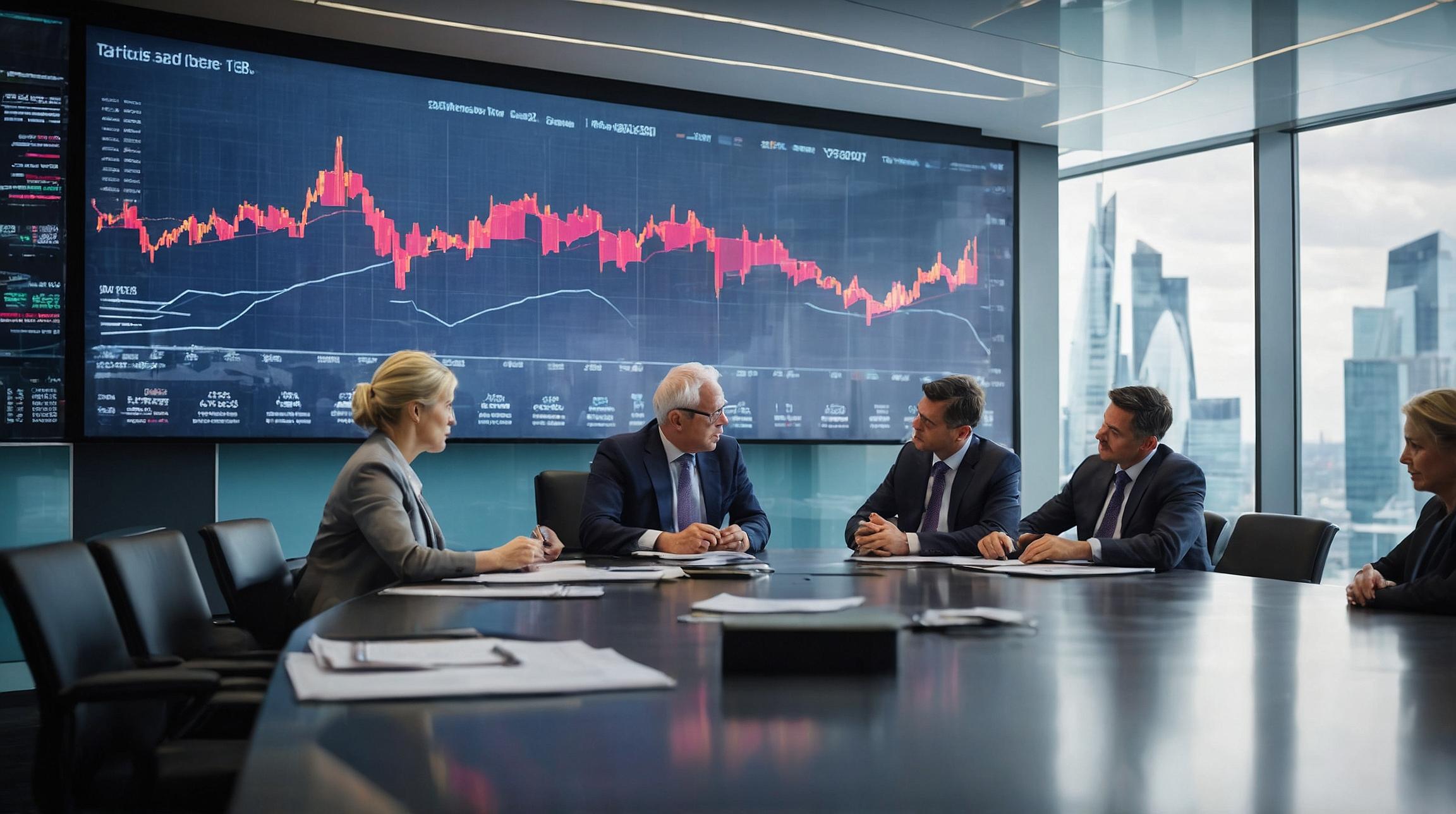Pandemic of Deception: Misinformation and Disinformation Ranked as Top Global Risks by WEF
The threat of misinformation and disinformation looms over 2024, a momentous election year – reportedly the biggest in history.
The Growing Threat of Misinformation in the Digital Age
Misinformation and disinformation-driven propaganda have emerged as the most prominent global threat. According to the World Economic Forum, which published the Global Risks Report 2024 this week, the risk from misinformation and disinformation is the most significant in the near long-term, i.e., the next two years.
As the word suggests, misinformation, a portmanteau of the words misleading and information, is false or inaccurate information. It differs from disinformation in that the latter is necessarily malicious in intent.
Artificial Intelligence Exacerbating the Risks of Misinformation
While misinformation and disinformation have been prevalent over centuries, the rise of artificial intelligence (AI) has accentuated the risks and the importance of disseminating sanitized information.
Fake news through algorithmic or prompt manipulation has consistently been a source of conflict on social media. AI-based malicious generation of deepfake media (audio-visual content) intended to deceive (fraud, hoax, revenge porn, etc.) has lawmakers reeling for regulations.
On the other hand, misinformation can emerge from generative AI tools’ tendency to ‘hallucinate,’ i.e., the underlying large language model (LLM) making up nonexistent/false information and presenting it as a fact.
“No longer requiring a niche skill set, easy-to-use interfaces to large-scale artificial intelligence (AI) models have already enabled an explosion in falsified information and so-called ‘synthetic’ content, from sophisticated voice cloning to counterfeit websites,” the WEF noted in the 19th Global Risks Report.
Misinformation and Disinformation Ranked as Top Global Risks
Regulations may help, though “the speed and effectiveness of regulation is unlikely to match the pace of development.” For instance, dozens of generative AI and other AI tools have hit the cybersphere while only the European Union (EU) has passed AI laws – the AI Act, after much friction.
Beyond the 27-member nation block, the development of AI laws remains snail-paced. It is important to note that even in the EU, the AI Act, passed in December 2023, will come into effect late in 2026.
The Impact of Misinformation during Election Years
The importance of impeding the propagation of misinformation and disinformation is especially critical in 2024 when almost half the global population will head to polling ballots to cast their vote across more than 60 countries and the EU. Countries where elections will be held in 2024 include the U.S., the U.K., Russia, Iran, South Korea, Ukraine, Venezuela, Pakistan, Taiwan, etc.
As such, the threat of misinformation and disinformation looms over 2024, a momentous election year – reportedly the biggest in history.
Besides the misinformation/disinformation risk, cyber insecurity is the second technological risk (placed at #4) in WEF’s list of top 10 risks over the next two years. The risk from cybercrime stems from consistent technological developments, including AI.
“Responding to this requires investment and the acquisition of talent that many organizations are either unable to meet or unaware of. Because of this, the proportion of organizations that can either protect themselves from cyber-attackers or recover from a cyberattack is diminishing.”
Addressing the Need for Regulations in the Fight against Misinformation
Severity Estimate Risks Over Next Two and Ten Years
Source: WEF Global Risks Report 2024
Misinformation and disinformation (#4), cybersecurity (#8), and adverse AI tech outcomes (#5) are the three technological risks perceived over the next decade.
Meanwhile, the misinformation and disinformation risks are perceived to be the greatest by civil society, academia, and the private sector. It is considered the second most significant risk by international organizations and governments.
The Global Risks Report 2024 is based on global leaders across academia, business, government, the international community, and civil society. More than 200 thematic experts, including the risk specialists from the Global Risks Report Advisory Board, Global Future Council on Complex Risks, and the Chief Risk Officers Community, also contributed to WEF’s report.
What is your biggest perceived risk? Share with us on LinkedIn, Facebook. We’d love to hear from you!
Image source: Shutterstock
MORE ON MISINFORMATION AND DISINFORMATION
– How ChatGPT Could Spread Disinformation Via Fake Reviews
– EU Warns Meta To Curb Disinformation on Israel Conflict
– Understanding the Cybersecurity Implications of ChatGPT
– Adversarial AI: What It Is and How To Defend Against It?
*By Sumeet Wadhwani, Technology Editor at Spiceworks*
Analyst comment
The news is negative as it highlights the growing threat of misinformation and disinformation in the digital age, particularly in the upcoming election year. The market is likely to see increased demand for regulations and technologies to combat misinformation and disinformation, which could impact industries such as social media, technology, and cybersecurity.













